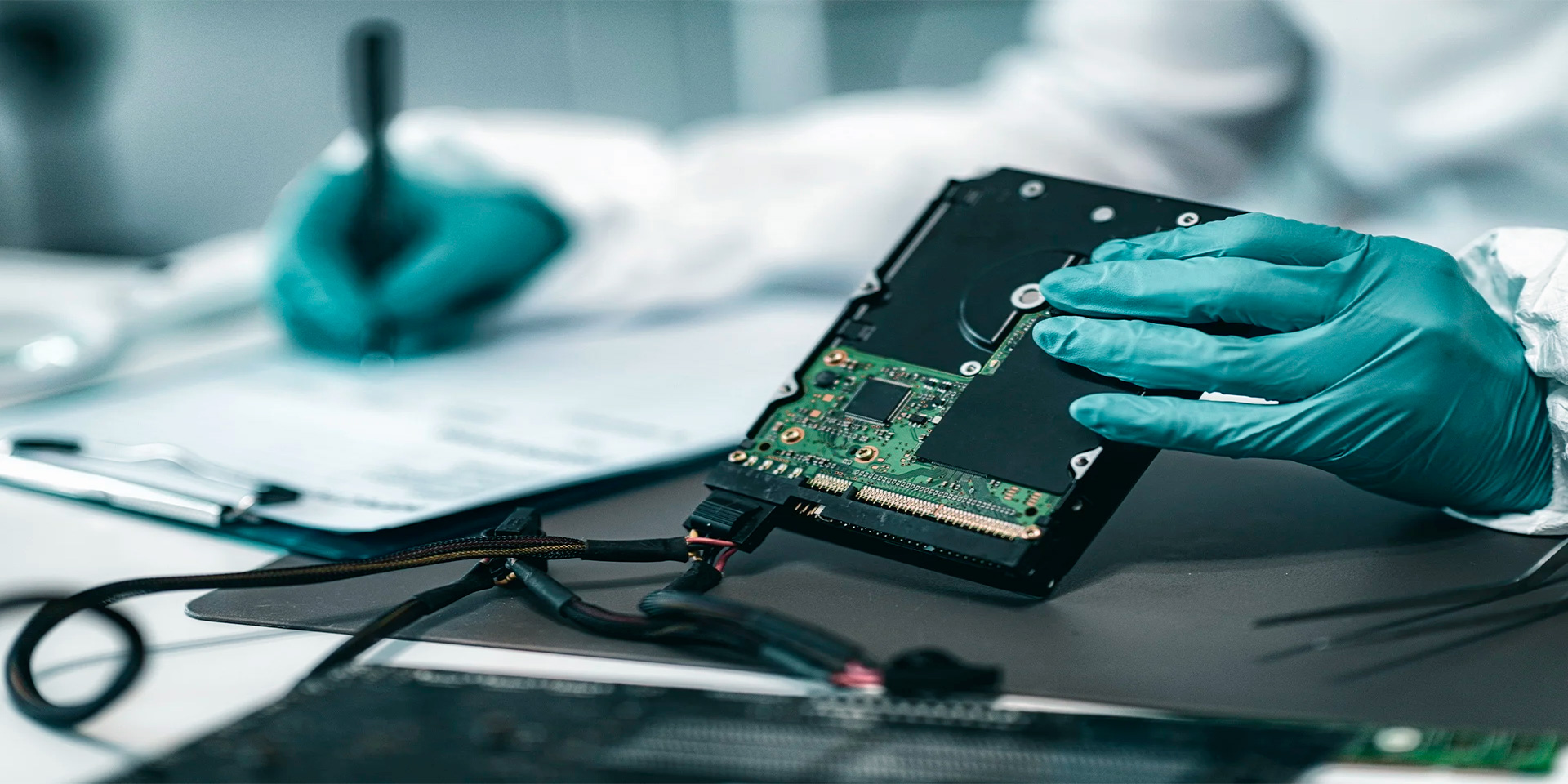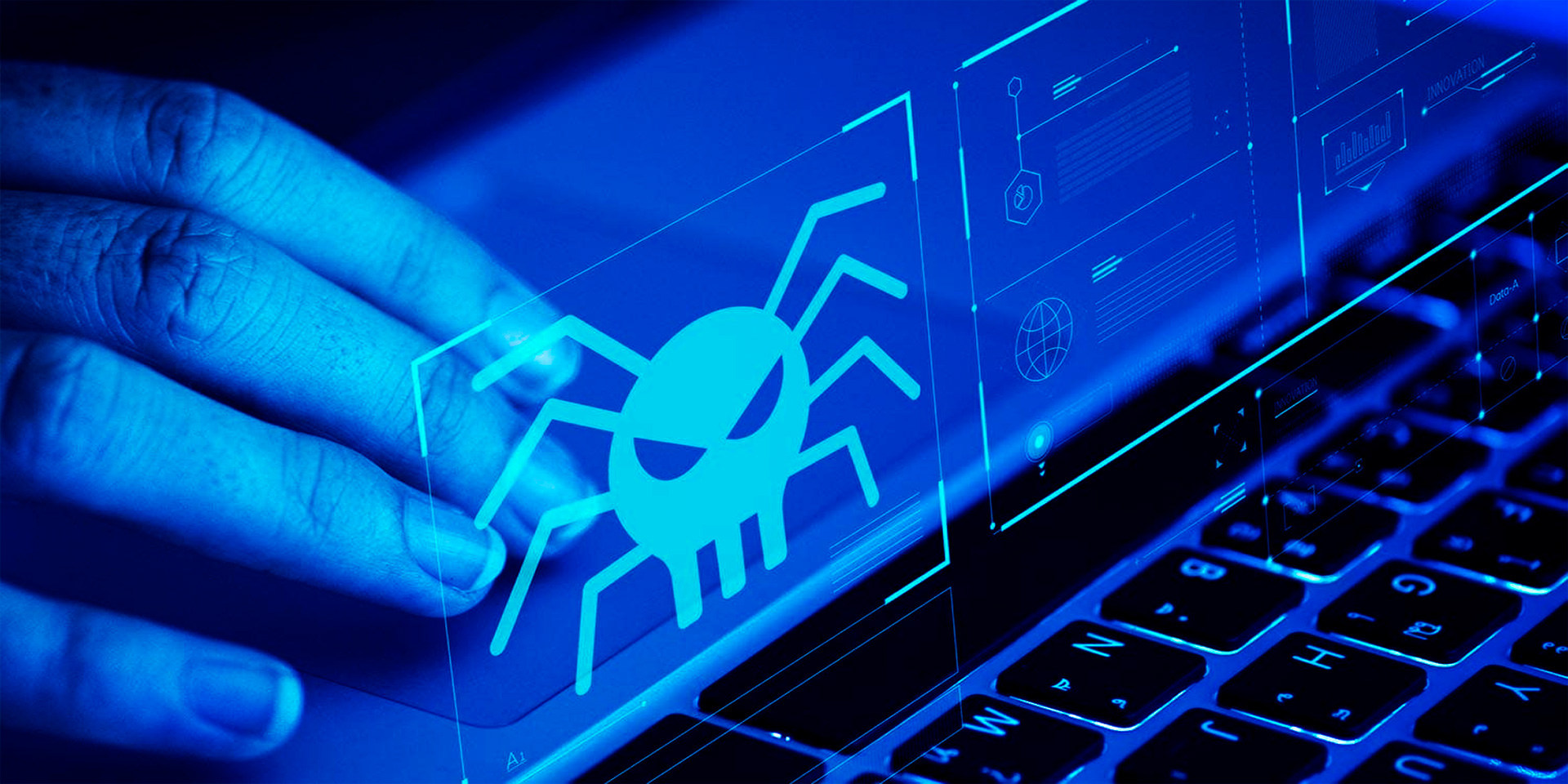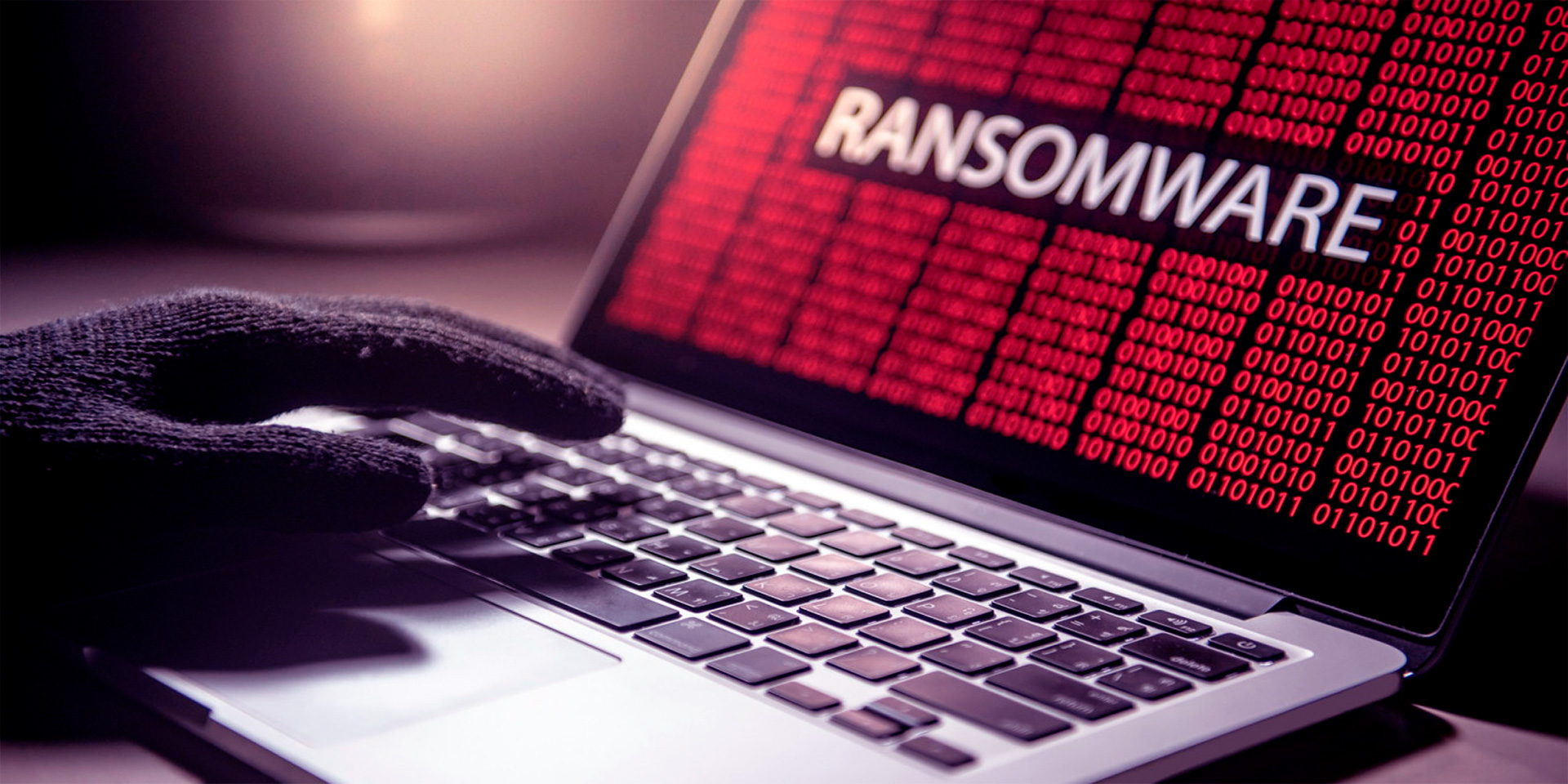How Digital Forensics Enhances Cybersecurity: A Deep Dive into Investigating and Resolving Cybercrimes

Digital forensics involves the identification, preservation, analysis, and presentation of digital evidence. This field focuses on investigating cybercrimes by examining electronic devices, networks, and data to uncover malicious activities and trace them back to their sources.
Key Components of Digital Forensics
- Evidence Collection: Gathering digital data from devices and networks in a manner that preserves its integrity
- Data Preservation: Ensuring that collected data remains unchanged and secure
- Analysis: Examining the data to identify patterns, anomalies, and evidence of malicious activities
- Presentation: Reporting findings in a clear and concise manner, suitable for legal proceedings
Importance of Digital Forensics in Cybersecurity
Digital forensics is vital for several reasons, from identifying the perpetrators of cybercrimes to improving future security measures.
Identifying Cybercriminals
Digital forensics helps trace the origins of cyber attacks and identify the individuals or groups responsible. By analyzing digital evidence, forensic experts can uncover clues that lead to the perpetrators, aiding in their apprehension and prosecution.
Understanding Attack Vectors
Forensic analysis provides insights into how cyber attacks were carried out, including the methods and tools used by attackers. This information is crucial for understanding vulnerabilities and preventing similar attacks in the future.
Recovering Compromised Data
Digital forensics can assist in recovering data that has been corrupted, encrypted, or deleted during a cyber attack. Forensic techniques help restore critical information, minimizing the impact of the breach on business operations.
Strengthening Security Measures
By analyzing the root causes of cyber incidents, digital forensics helps organizations improve their security posture. The findings from forensic investigations inform the development of stronger security policies, practices, and technologies.
Legal and Regulatory Compliance
Digital forensics ensures that organizations comply with legal and regulatory requirements related to data breaches and cyber incidents. Properly conducted forensic investigations provide the necessary evidence for legal proceedings and regulatory reporting.

Steps in Digital Forensics Investigations
A successful digital forensics investigation follows a structured process to ensure accuracy and integrity.
Incident Identification and Triage
The first step is to identify the cyber incident and assess its scope and impact. This involves gathering initial information about the attack and prioritizing the response based on the severity of the breach.
Evidence Collection
Forensic experts collect digital evidence from affected devices, networks, and storage systems. This step requires careful handling to preserve the integrity of the evidence and prevent contamination.
Data Preservation
Collected data is preserved using methods that ensure it remains unchanged. This involves creating exact copies of the data (imaging) and securing the original evidence in a controlled environment.
Forensic Analysis
Forensic analysts examine the preserved data to identify signs of malicious activity. This includes analyzing log files, network traffic, file systems, and application data to uncover evidence of the attack.
Reporting and Presentation
The findings from the forensic analysis are documented in a detailed report. This report includes an overview of the incident, the evidence collected, the analysis conducted, and the conclusions drawn. The report should be clear and concise, suitable for use in legal proceedings if necessary.

Tools and Techniques in Digital Forensics
Digital forensics relies on various tools and techniques to conduct investigations effectively.
Forensic Imaging Tools
These tools create exact copies of digital storage devices, preserving the original data for analysis. Popular forensic imaging tools include FTK Imager, EnCase, and dd.
File Analysis Tools
File analysis tools examine files and file systems to identify hidden or deleted data. Tools like Autopsy, Sleuth Kit, and X-Ways Forensics are commonly used for file analysis.
Network Analysis Tools
Network analysis tools capture and analyze network traffic to identify suspicious activities. Wireshark, Network Miner, and Zeek are examples of tools used for network forensics.
Log Analysis Tools
These tools analyze system and application log files to detect anomalies and trace the activities of attackers. LogRhythm, Splunk, and Graylog are widely used for log analysis.
Memory Analysis Tools
Memory analysis tools examine the contents of a computer’s memory to uncover evidence of malware and other malicious activities. Volatility and Rekall are popular memory forensics tools.
Case Study: Resolving a Cyber Attack with Digital Forensics
A financial institution experienced a cyber attack that compromised sensitive customer data. Here’s how digital forensics helped resolve the incident:
- Incident Identification and Triage: The security team identified unusual network activity and initiated an investigation. Forensic experts were called in to assess the scope of the breach.
- Evidence Collection: Forensic analysts collected data from affected servers, workstations, and network devices. They created forensic images of the compromised systems to preserve the evidence.
- Data Preservation: The original evidence was secured in a controlled environment, and the forensic images were used for analysis.
- Forensic Analysis: Analysts examined log files, network traffic, and file systems to trace the attack’s origin and methods. They identified malware that had been used to gain access and exfiltrate data.
- Reporting and Presentation: A detailed report was prepared, documenting the evidence, analysis, and findings. The report was used to guide remediation efforts and support legal action against the attackers.
Conclusion
The forensic investigation provided crucial insights into the attack, enabling the financial institution to contain the breach, recover compromised data, and enhance its security measures. The evidence collected also supported legal proceedings against the perpetrators.


